MGMA 10/13/15

My third and final day at MGMA got started bright and early with a session led by Aledade CEO Farzad Mostashari, MD on the ways in which independent practices can thrive in an era of risk-based contracting. Dixieland jazz and clogging were not part of his presentation, though he did take the still-sleepy audience through his very own “I Decide to Cha Cha” mnemonic:
I = Incentives. Mostashari explained that independent practices need to align incentives with the outcomes they want to achieve.
D = Decision. Going the risk-based route takes courage, and once that decision is made there’s no going back successfully. I thought his observation,“People don’t hate change; they hate being changed,” was spot on given a previous day’s speaker’s belief that doctors are called doctors because they’ve been “indoctrinated” to hate change and love the status quo.
T = Teams. Mostashari stressed the need for independent MDs to partnering with other organizations when moving to value-based payment models. “Just because you’re independent doesn’t mean you have to go it alone,” he added. Abiding by Amazon’s two-pizza rule is a good place to start when contemplating collaboration.
C = Change. Pull the trigger on those new partnerships and contracts, and commence transitioning.
A = Assess. All the change in the world won’t do you much good if your practice isn’t learning along the way.
Mostashari ended his dancing analogy by stressing a second “cha” – taking another look at ways the practice still might need to change and assess. I had the opportunity to chat afterwards with several folks from Aledade client Arkansas Foundation for Medical Care, a nonprofit that assists physicians with practice transformation. I pumped them for information related to the pain points their practices have experienced over the last year or two, learning that their clients have shown a lot of interest in figuring out how to engage patients in the use of healthcare IT tools, not to mention taking ownership of their own health. A lack of consistency around quality measures has also been a problem area for the Arkansas-based organizations. The entire AFMC team agreed that there needs to be standardization around quality measures, a problem they told me is exacerbated by the fact that EHRs are neither equipped or required to report on all of them.

I headed to the next session by way of a very popular and presumably comfy stairwell. I suppose this sort of thing is par for the course when you pull busy practice managers away from their daily routines. I’m sure I wasn’t the only one who was thankful for the speedy and reliable WiFi throughout the conference center.

I was happy that MGMA attendees were not shy about letting me share their well-shod feet with HIStalk Practice readers. I don’t think I’ve ever seen so many pairs of cowboy boots in my life. After my quick fashion digression, I headed to a session focused on creating high-performing medical groups, which was somewhat underwhelming when compared with the previous one. Where Mostashari had emphasized doing good for the good of the patient, representatives from Sutter Health and The Camden Group seemed totally focused on keeping physicians happy. An understandable consideration given the setting, but I was still surprised that the role of patient as a vital partner in creating that high performance was never brought up.
I sat next to Teri Paluso, administrator at ambulatory surgery center IPC Surgical in Louiston, ID. Paluso is living in an interesting world right now. Her practice is in the process of being acquired by the local hospital due in large part to the desire of the practice’s three physicians to retire within the next several years. IPC is literally picking up shop and moving to a new location as a result of the acquisition. Practice staff aren’t looking forward to jumping from their CompuGroup Medical system to the hospital’s new “latest and greatest” version of Meditech, which Paluso tells me by all accounts is very buggy. She confessed that she wonders if she’ll become part of the 30 percent of practice administrators that typically quits after a hospital acquisition.
After another quick lunch in the exhibit hall, I walked the show floor one last time, where I ran into folks from patient messaging vendor Dialog Health, CoverMyMeds, and Influence Health. I also got the chance to catch up with American Well Sales Executive Whitney Jordan, who took me through a tour of the company’s consumer app. To my knowledge, American Well was the only telemedicine vendor on the show floor – a smart move on the company’s part given several MGMA speakers’ observations that practices need to get ready to compete with up-and-coming business models like telemedicine and house calls.

My last stop in the exhibit hall was at the Skywriter MD booth, where President and CEO Tracy Rue walked me through the genesis of the Colorado-based startup, which has developed a real-time EHR documentation tool that incorporates remote scribes. Rue emphasized that while in-office scribes can slow down productivity, virtual scribes working in real time alongside the physician keeps the vital human element of coding intact.
My last stop of the day was into a session led by Marni Jameson, a former journalist, PR agency owner, and hospital marketer who now serves as executive director for the Association of Independent Doctors. Passions ran high as she recounted the ways in which a lack of independence hurts the local economy, physician employment prospects, and care quality. Her action items were fairly media heavy. I don’t see how a practice can effectively ward off a hospital acquisition by simply creating literature that explains to patients why it’s important not to cheat with hospital-employed MDs. While I found some of her pointers to be fairly pie-in-the-sky, the audience gobbled it up, even cheering at one point when Jameson sarcastically pointed out the “benefits” nonprofit hospitals bring to communities.
My biggest takeaways from the conference include:
- ICD-10 is soooo September 30. Everyone seems to be moving on to more pressing issues and/or getting back to business as usual.
- Patient access (getting into urgent care, competing with/adopting telemedicine, etc.) seems to have replaced patient engagement on physician to-do lists.
- Collaboration is key, especially when moving from fee-for-service to value-based care.
- Chronic-care management is fun to talk about, but at this point challenging to understand and implement. Early adopters will find themselves popular speakers at next year’s event if they’re willing to share best practices.
I’d love to learn what other attendees thought of the show. Feel free to leave your observations in the comments below. We can compare retrospective notes at next year’s event in San Francisco.
Contacts
Jennifer, Mr. H, Lorre, Dr. Jayne, Dr. Gregg, Lt. Dan
More news: HIStalk, HIStalk Connect.
Get HIStalk Practice updates.
Contact us online.
Become a sponsor.






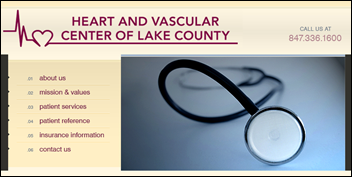




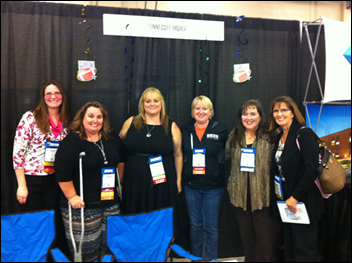






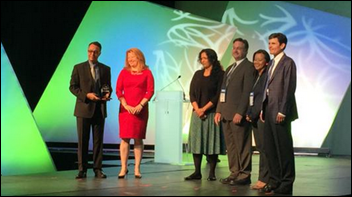
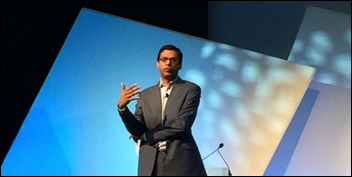
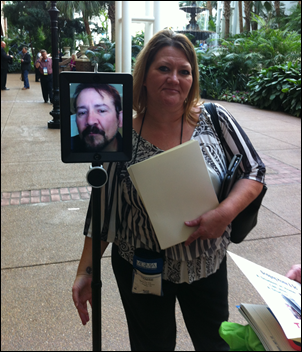
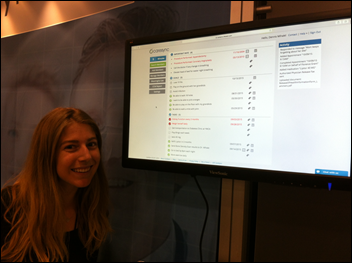
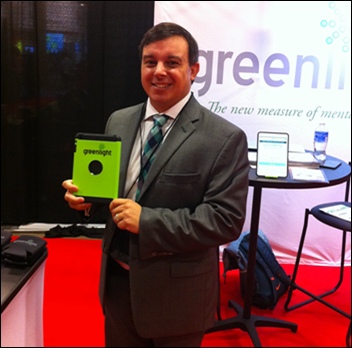


















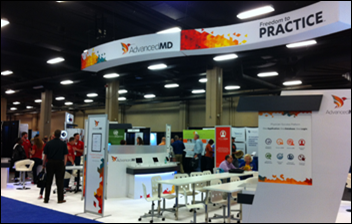


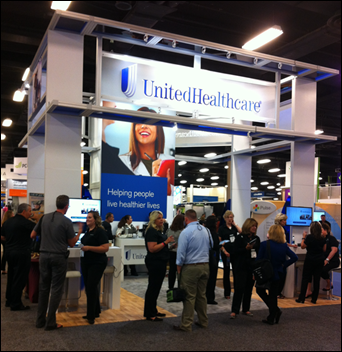


The article about Pediatric Associates in CA has a nugget with a potentially outsized impact: the implication that VFC vaccines…